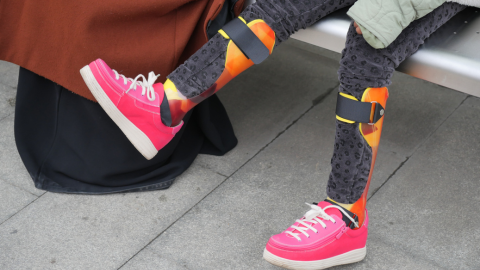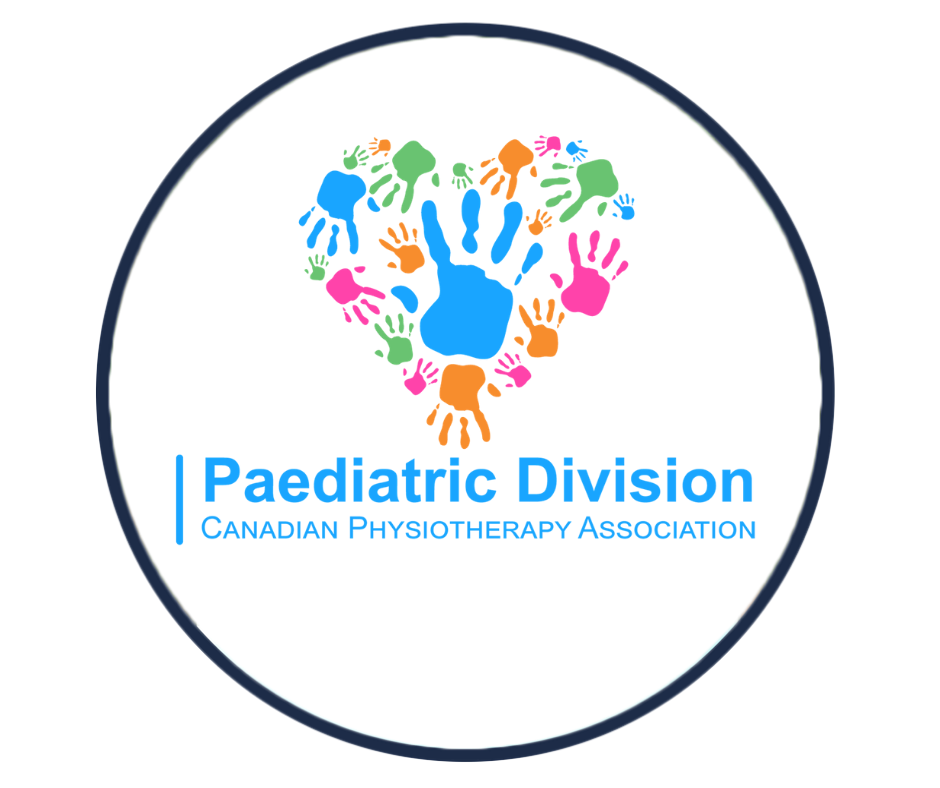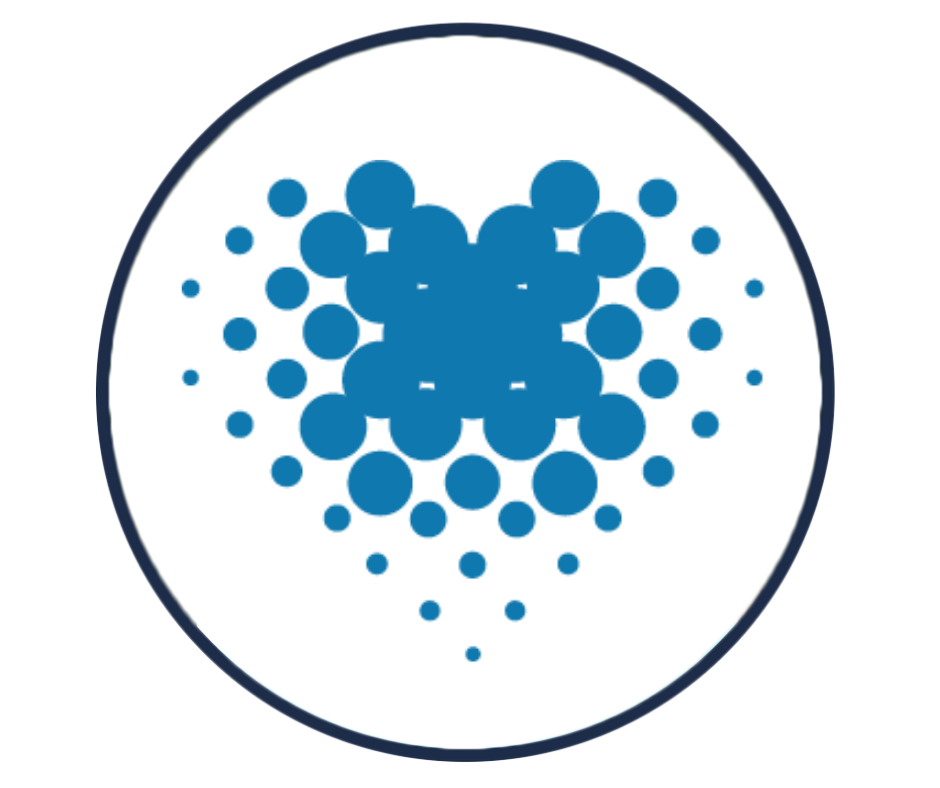PED: Assessment of Complex Gait and Motor Patterning in Pediatrics

PED: Assessment of Complex Gait and Motor Patterning in Pediatrics
1 hour
Overview
Evidence supports the use of 3-D CGA in pre-operative assessments as it provides objective data, has been shown to reduce the number of surgeries on children, and results in better long-term management of children with ambulation challenges. However, there are a limited number of gait or motion labs in Canada and it is important for clinicians and community therapists to be well versed in observational gait analysis and robust physical examination.
Instructor Biography
Karen Davies started her professional practice at BC Children’s Hospital in 1999, rotating in a new graduate position every 6 months through cardiology, general respirology, adolescent care, intensive care, oncology, and outpatients. Following this, she volunteered in a polio clinic in India for 6 months, training community rehabilitation workers in remote locations. She then worked at GF Strong Rehabilitation Centre in the neuromusculoskeletal, acquired brain injury and spinal cord injury programs. She returned to pediatrics in 2004 in the Acute Rehabilitation program at Sunny Hill Health Centre at BC Children’s.
She spent some time on the Positioning and Mobility team, did early intervention and school therapy outreach services for 2 years for North Vancouver Island and started in the Motion Lab (previously Gait Lab) in 2007. In the Motion Lab, she has served the role as knowledge broker, been a research assistant for a multi-centre research project, completed her MSc degree looking at the long-term outcomes of idiopathic toe walkers and am currently leading a 3-year pilot project to determine the feasibility of implementing a community-based rowing program for adolescents with cerebral palsy.
Learning Objectives
- Upon completion, participants will have practical strategies to incorporate physical exam measurements in the assessment of pathological gait in children and adolescents.
- Distinguish between scenarios when computerized gait analysis is indicated versus observational gait analysis.
- Utilized gait analysis data in the assessment of common gait pathology in children.
Cost
- Free for Paediatric Division members
- $10 for CPA members (not members of the division)
- $25 for non-members
The instructors

The Paediatric Division is a special interest group within the Canadian Physiotherapy Association. Our membership consists of clinicians from all practice settings, students, educators, researchers, physiotherapy assistants and administrators all of whom have a passion for promoting participation and enhancing the lives of children and their families. We are dedicated to provide resources and information for paediatric patients and their families to promote participation and function independence in all aspects of life.
Paediatric physiotherapists employ clinical expertise in the early detection of health problems, treatment, education and management of congenital, developmental, neuromuscular, skeletal, cardiorespiratory or acquired disorders/diseases. Paediatric physiotherapists work with children of all ages, from infants through young adulthood to promote participation and functional independence. Paediatric physiotherapists have a unique role in that they not only work with the child, but also their families in the context of their daily home, school and recreational environment.
Paediatric physiotherapists use validated outcome measures to assess the level of strength, flexibility, gross-, and fine-motor coordination and overall functional capabilities to determine participation limitations or restrictions as a result of injury, disease or disability.
Through analysis of objective assessment findings, the paediatric physiotherapist uses evidence-based treatment interventions specifically tailored to the client and their family's goals. Treatment interventions focus on improving gross and fine motor skills, balance and coordination, strength and endurance, as well as cognitive and sensory processing/integration.
